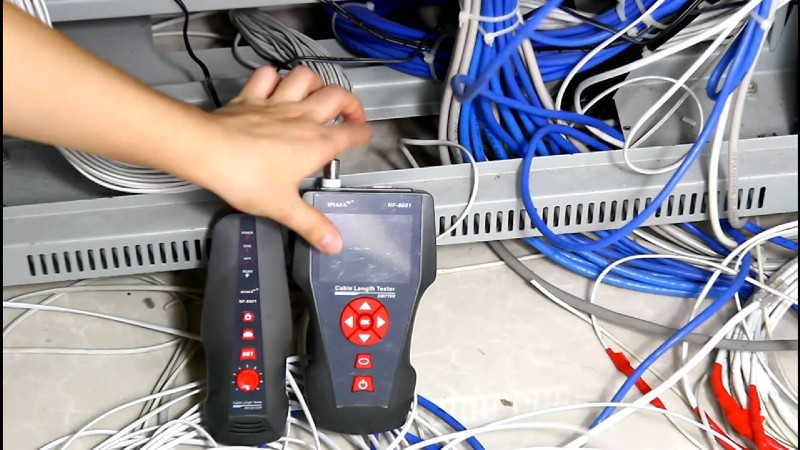A few years ago, the ordinary home might have had a few linked devices. Most people would only have a family PC and a few other items. You might have a second computer or a network printer if you worked from home. That was the end of it. However, as technology has advanced, everyone has begun to depend on more connected devices. Many people, for example, money saving on phone data by connecting to a home Wi-Fi network. After all, you’re already paying for home internet. Why pay for a phone plan when you’re not using it?
The introduction of smart home devices has enhanced your demand for connectivity even more. Fridges, smoke alarms, and even washing machines are becoming internet-connected. Because you can now monitor your home from your phone, this makes your life easier and more convenient. Smart home devices, on the other hand, necessitate power. This implies you’ll need to charge a battery or have a way to plug them in. This may be easier or more difficult to manage depending on the device. To make things easier, numerous gadgets are powered by Power over Ethernet (PoE). This allows you to connect your gadgets without having to run a second wire or charge a battery.
How Does Power over Ethernet Work?
Before reviewing any cable continuity tester, let’s take a moment to learn about PoE and how it works. Ethernet cable, like any copper cable, can transport electrical current. While it is primarily intended for data communication, it can also power a low-voltage device. PoE enables you to do exactly that. Instead of having a separate power cord, your gadget will be powered simply by your Ethernet cable. This allows you to run a single cable rather than two. Making use of a single cable saves money on installation in and of itself. However, because you won’t be connecting into AC power, outlet locations won’t be an issue. This means you may place your gadgets, such as security cameras, precisely where they are required.
PoE is used to power a wide range of devices. Among the most typical uses are security cameras and WiFi signal boosters. Interference is not a worry because Ethernet wires are already segregated within the cable. That being said, you will require a PoE router or switch. Voltage will not be delivered along your connections by standard networking devices. However, if you use PoE-compatible devices, it is simple to set up and install. Simply connect your Ethernet cable, and everything should work right away. And, if you do have any problems, you won’t need a separate power cable.
Current POE tester and the PoE Voltage is capable of detecting power supplies ranging from 3.5 to 56 volts. It can also detect up to 280 watts of current from a DC power supply. It’s a little more limited on a PoE line, with a sensitivity of up to 28 watts. Nonetheless, this covers whatever you would receive from a PoE or a standard DC charger.
Last words
You can go a little further if you use the continuity tester. You can measure the voltage at the end of a PoE line to determine how much current has been lost. Both units come with a 12-month manufacturer’s guarantee. If there are any material or workmanship flaws, you will receive a complete refund or replacement.





